GUIDELINES FOR EDUCATION LIGHTING DESIGN
If you are quoting, specifying or creating a lighting design for an education setting, we recommend starting with the guidelines below.
If you need any advice on specific requirements, please get in touch with our team through our contact page.
Task and Technology Specific Lighting
Different lighting should be specified for different departments for example, technology classes should use down lights instead of battens, as this will prevent glare on computers but provide enough light to see paperwork.
1. Classroom:
Average illuminance 300LUX at desk height.
Lighting should be at the minimal level of cylindrical illuminance 150 lux at 1.2m so the faces of the students and teachers can be recognised without any disturbing shadows, this also contributes to creating a pleasant atmosphere.
2. Libraries/Study areas:
Bookshelf area 200LUX at desk height.
3. Libraries/Study areas:
Reading area 500LUX at desk height.
4. Science Laboratories:
Double check the IP rating need for the room, could vary from IP44 to IP65.
5. Technology rooms – Cooking, Soft/Hard Materials:
300lux colour warm white 4000k with task lighting 500lux
Suitable number of lux for a classroom would be between 300-500. (Lux measures the amount of light output into a specific area per square metre).
Lighting throughout the classroom should be uniform to reduce eye fatigue in students.
Recessed lighting mainly for suspended ceilings, can be useful however only gives direct light, which means depending on the flooring, you may have glare issues.
Surface mounted lights are suitable for most ceilings – these may give direct light depending on where they are pointed, meaning glare and shadows can be quite heavily reduced.
Max glare index – most rooms used in education are UGR19, apart from special technology classes – Art, Soft Materials rooms.
Reference material: BranzLightingDesignGuide
Recommended Battens
BAT1200-3/BAT1500-3
- They have an OSRAM flicker free diver.
- Cost effective.
- 3cct colour change (3000k, 4000k, 6000k)
- CRT 80+
- Good spread of lighting, 120deg beam angle
- Uniform lighting
- Long life 50,000hrs
Recommended Panel Lights
PAN412-3/PAN430-3/PAN460-3
- UGR19
- Uniform light effect with optic lens
- Long life 50,000hrs
- 3cct colour change (3000k, 4000k, 5700k)
- Side lighting panels
- Dimming drivers available
- Recessed, surface mounted or suspended.
- Backlit panels give better more uniform lighting.
Recommended Surface Lights
SCL3125/SCL3218
- Super slim
- Even light distribution
- Dimmable
- Long life 50,000hr
- Slide switch (3000k, 4000k, 5700k)
- High quality LED’s
- Beam angle 120
- Projection 38mm/65mm
